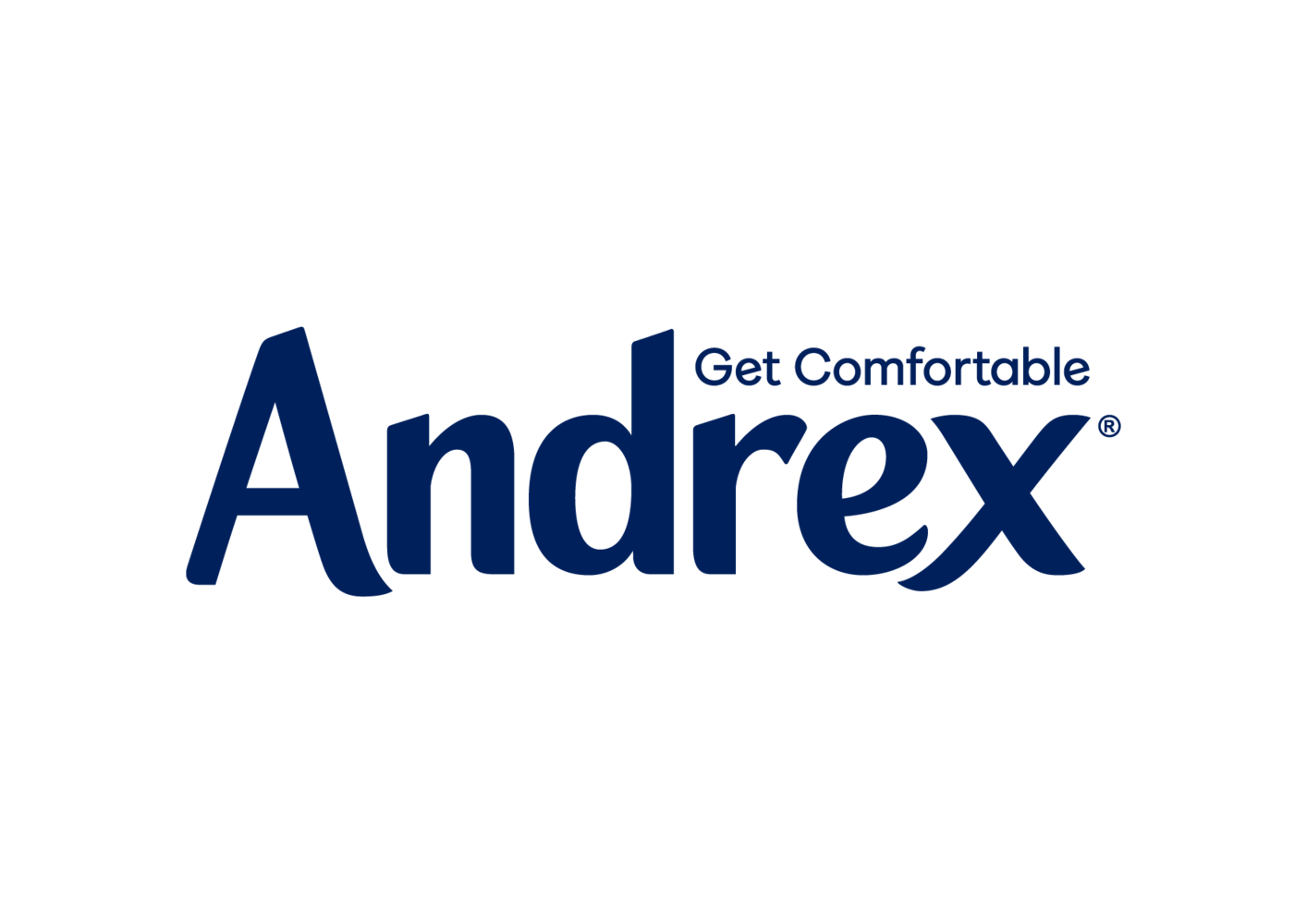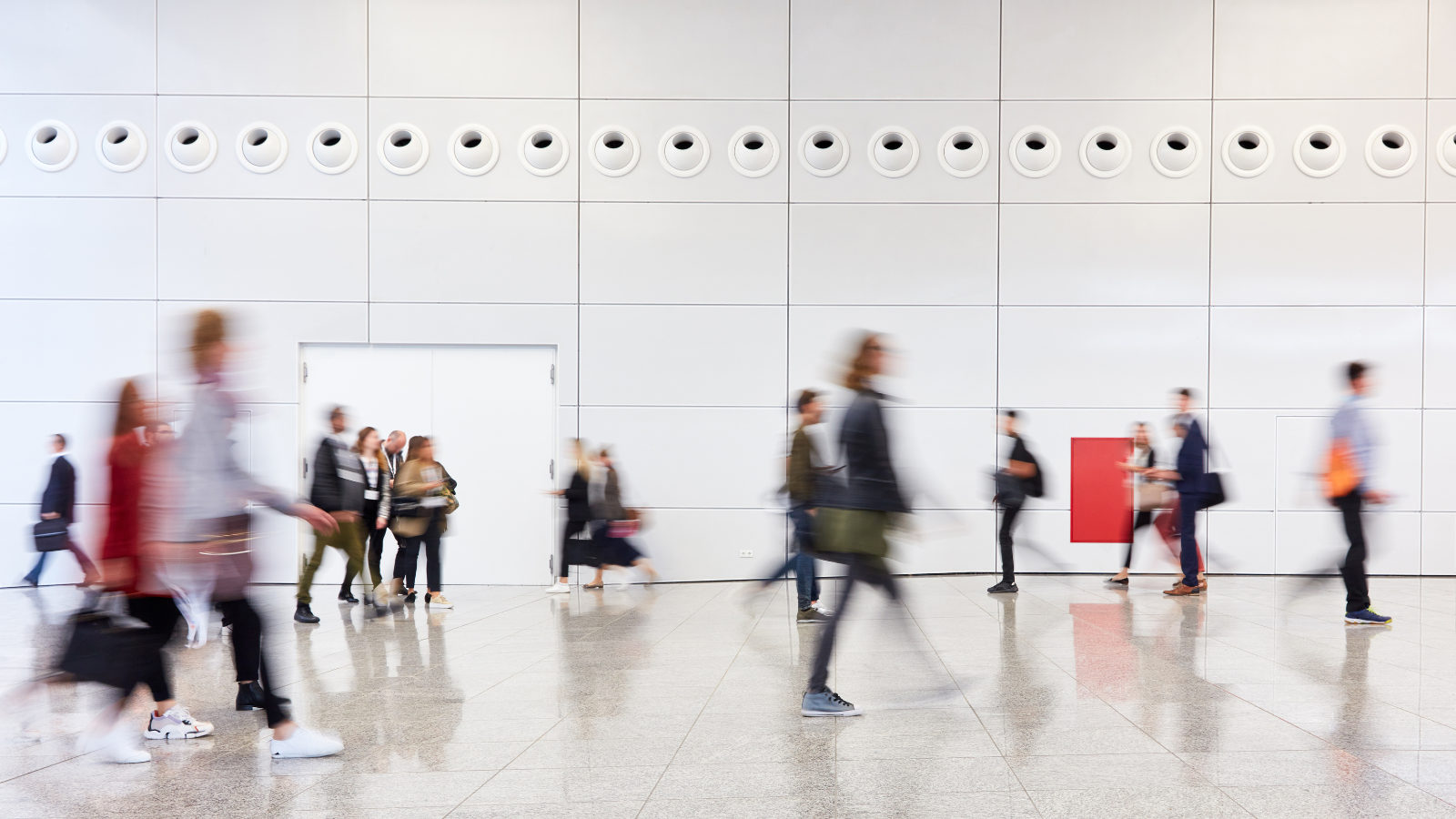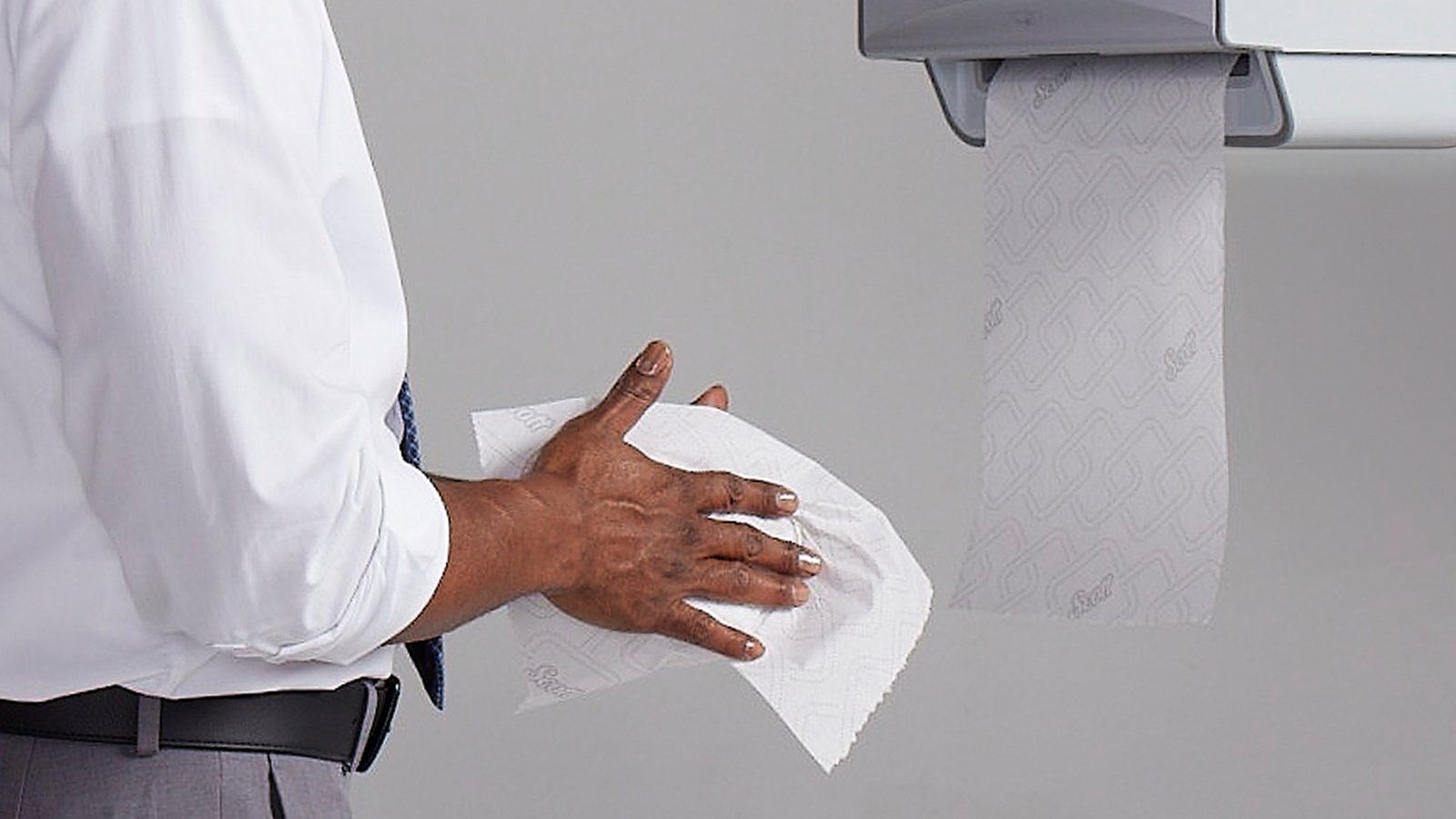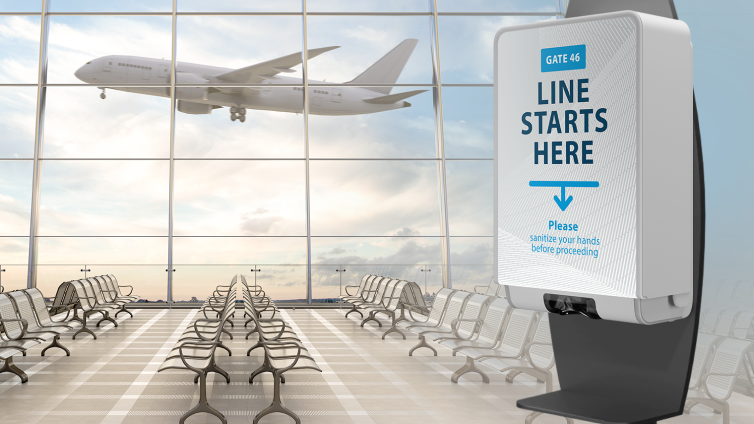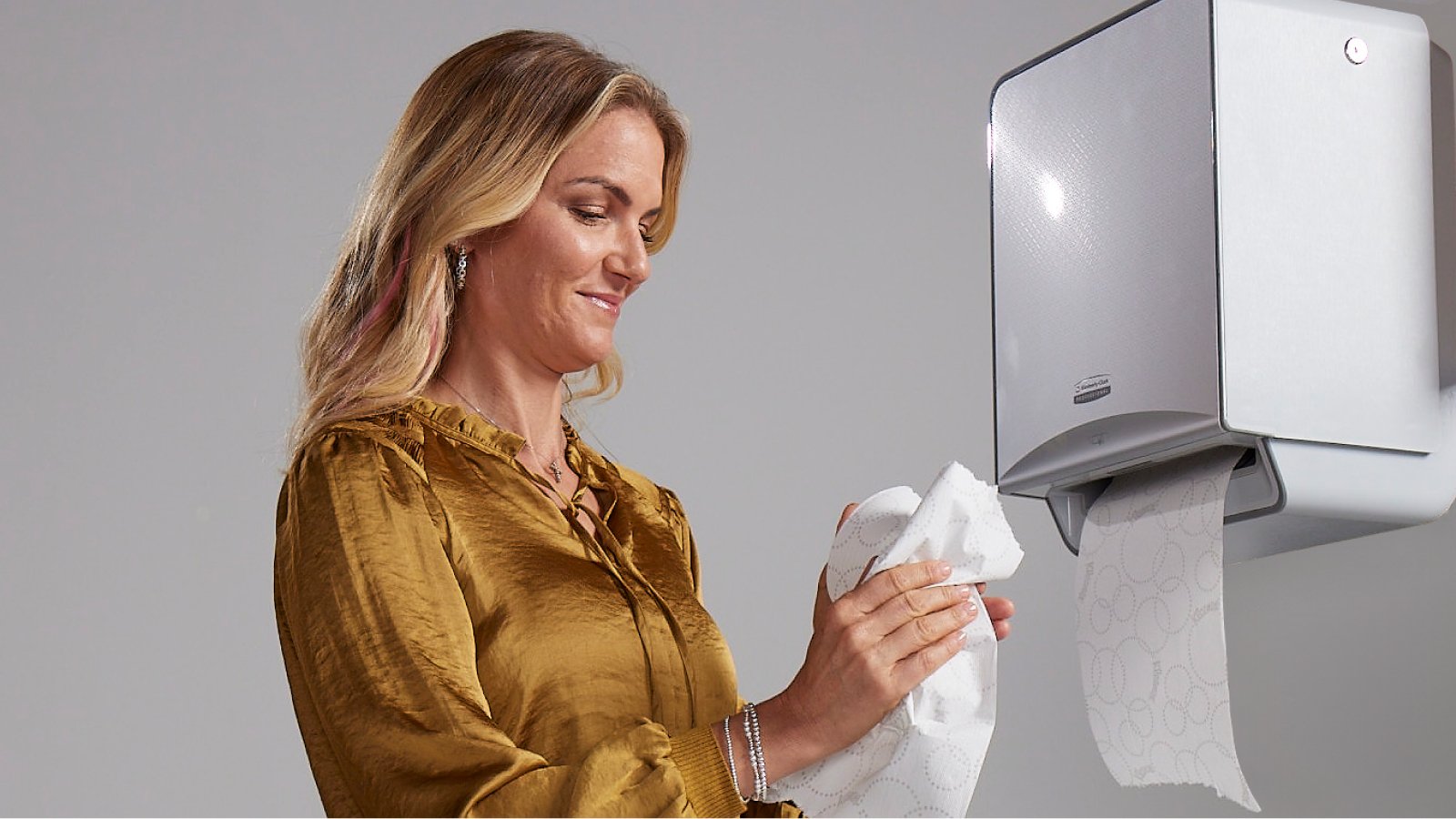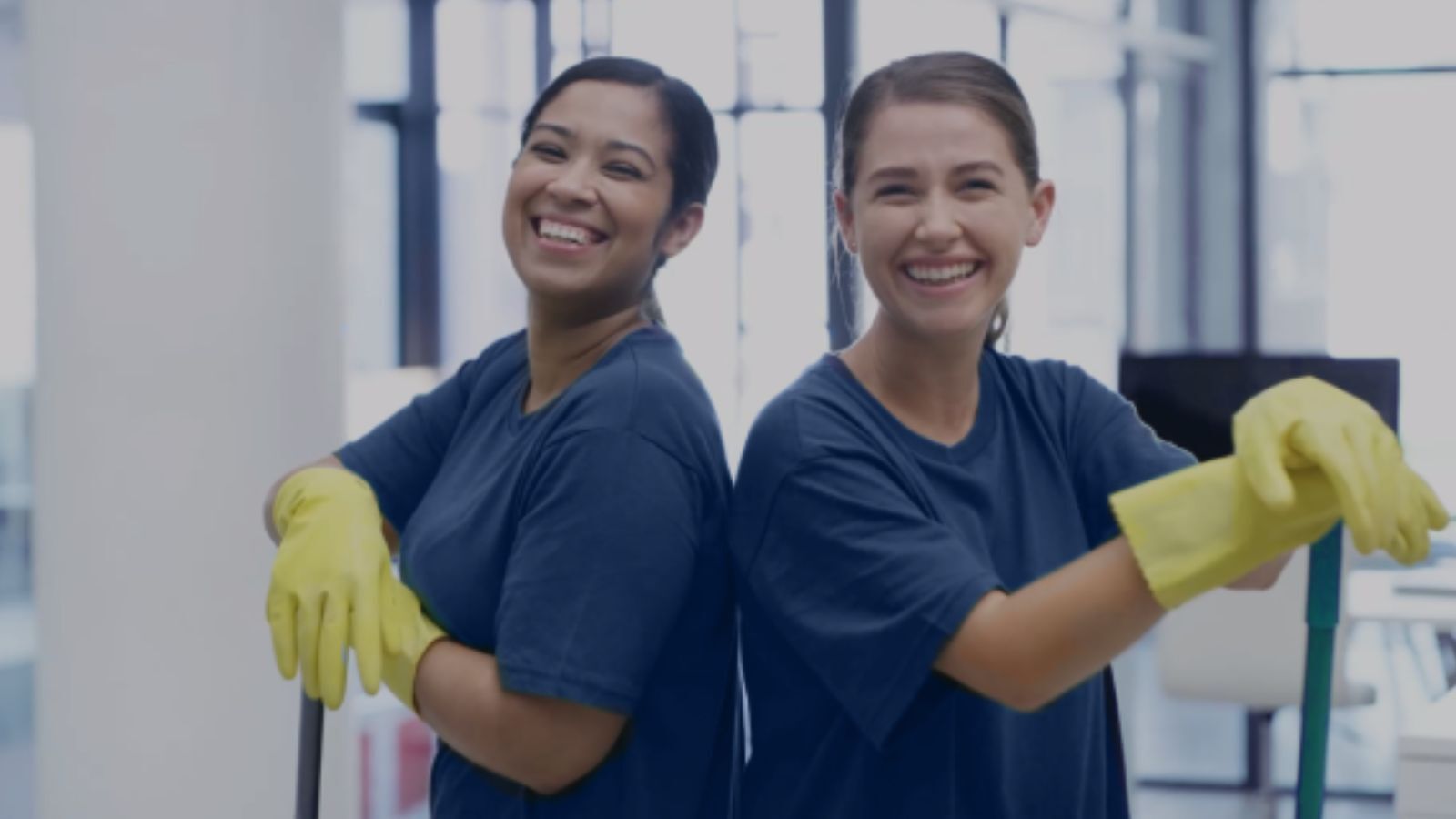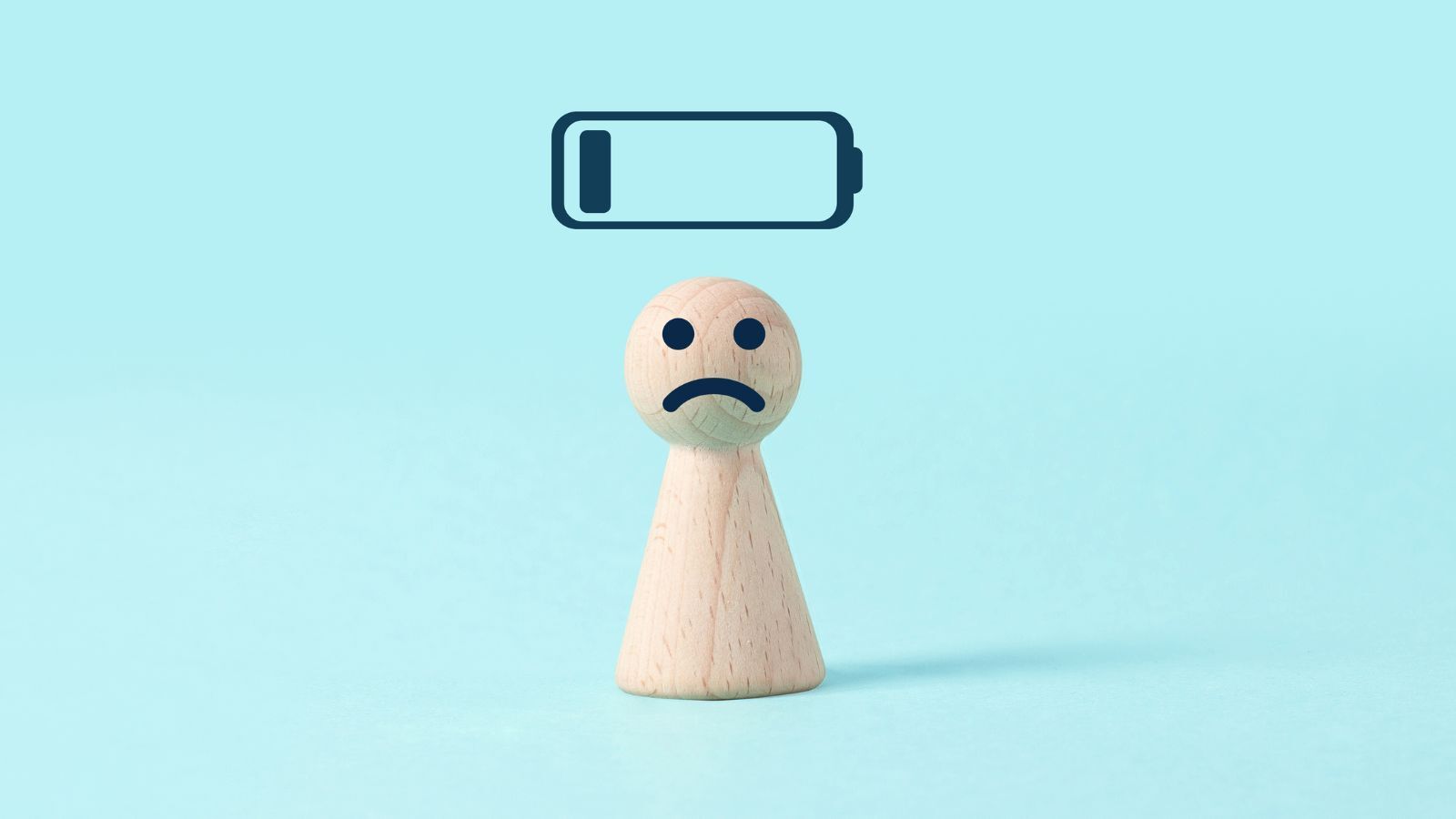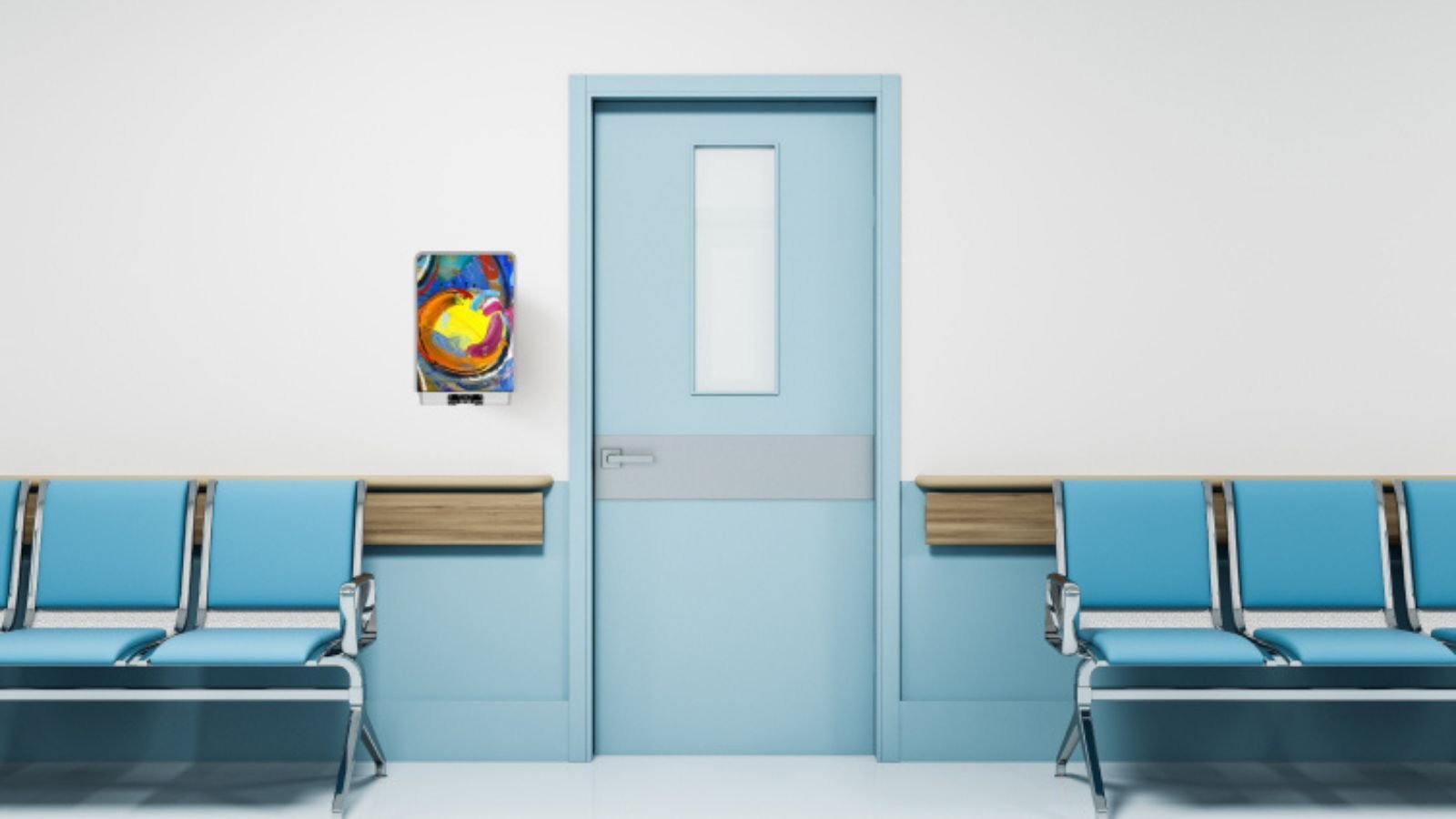Last Updated MAY 2022
Office Building Germ Hot Spots
Office surfaces and objects that are touched by lots of people throughout the day should be cleaned and disinfected daily in order to help break the chain of germ transmission. This article explains how targeting “hot spots” with hand and surface hygiene, is a key step toward reducing the spread of germs.
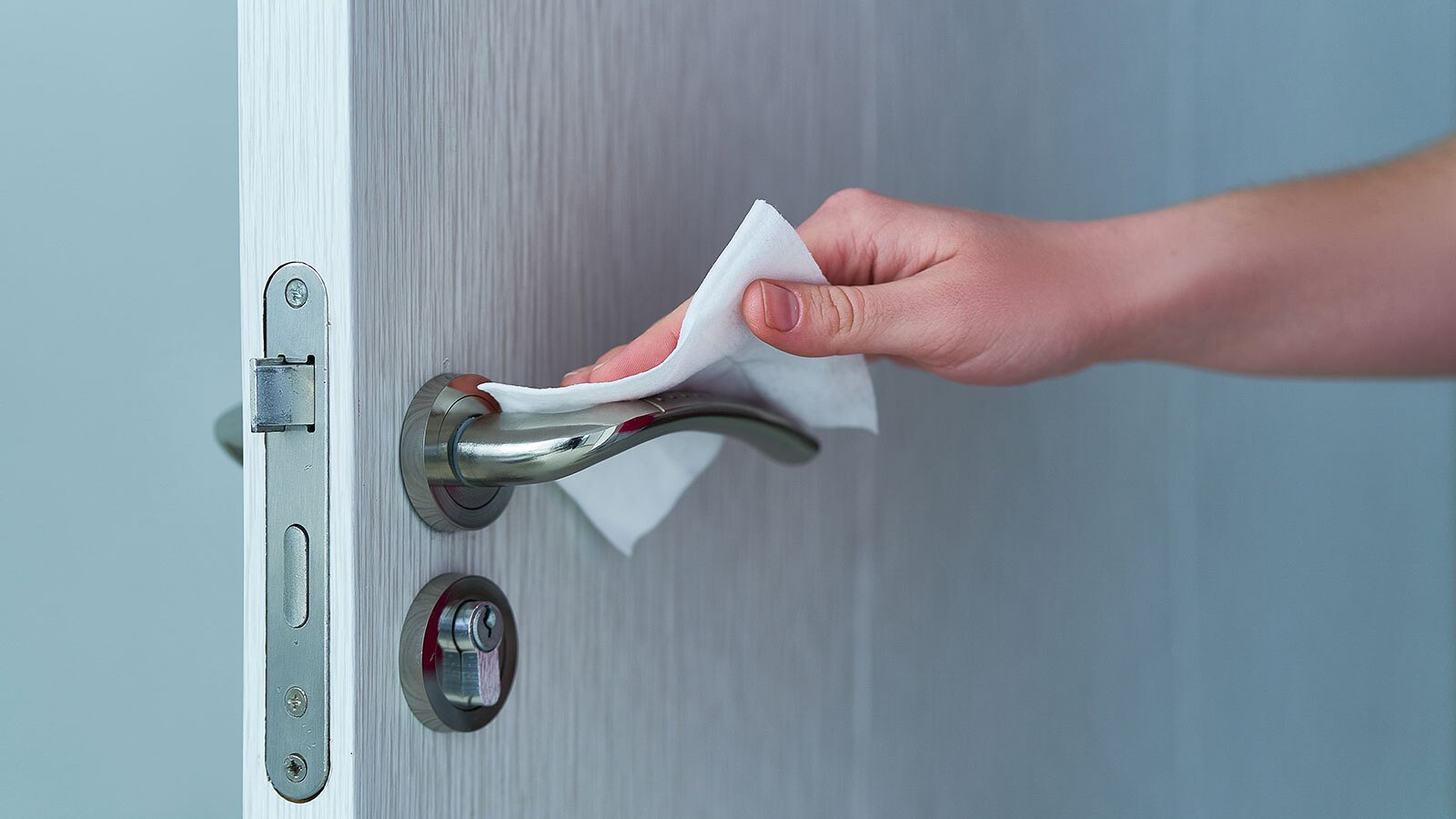
Placing hand sanitizer and signage in offices and common areas is a step in the right direction. But studies show it simply isn’t enough to make a real impact. Objects that are touched by lots of people throughout the day − such as doorknobs, elevator buttons and handrails − should be cleaned and disinfected daily in order to help break the chain of germ transmission.
No matter which surfaces they may touch throughout their day, give your employees and visitors peace of mind by providing proven cleaning and disinfecting solutions to help break the chain of germ transmission.
Cleaning these hot spot areas will help reduce germs in office buildings
In the restroom
- Soaps are the best defense against the spread of germs.
-
Paper towels reduce bacteria on hands by up to 77%.
-
Hand sanitizers are placed in high-traffic areas where germs are easily transmitted.
Outside the restroom
- Hand sanitizers.
-
Disinfectant wipes kill germs on some of the dirtiest office hot spots.
Cleaning removes germs, dirt, and impurities from surface objects. Cleaning works by using soap (or detergent) and water to physically remove germs from surfaces. This process does not necessarily kill germs, but by removing them, it lowers their numbers and the risk of spreading infection.
Disinfecting kills germs on surfaces or objects. Disinfecting works by using chemicals to kill germs on surfaces or objects.* This process does not necessarily clean dirty surfaces or remove germs, but by killing germs on a surface after cleaning, it can further lower the risk of spreading infection.
Sanitizing lowers the number of germs on surfaces or objects to a safe level, as judged by public health standards or requirements. This process works by either cleaning or disinfecting surfaces or objects to lower the risk of spreading infection.
Steps to make it easy to drive cleaning and hygiene habits
Step 1
Clean the surface of commonly touched objects — use detergent or soap and water prior to disinfection.
Step 2
Disinfect the surface — use EPA-registered household disinfectants. Follow manufacturer’s instructions for application and dwell time.
Did you know?
- In the span of 24 hours, the average adult touches 7,200 surfaces1 and touches their face 552 times2.
-
Proper hand drying reduces microbial load on skin by 75%.3
-
Keyboards harbored 8,900 bacteria4 per keyboard.
-
Mobile phones harbored 6,300 bacteria5 per phone.
-
Nearly 95%6 of adults do not wash long enough to thoroughly clean the bacteria and germs from their hands.
-
The average desk has 400 times more bacteria7 than a toilet seat.
-
Did you know there are approximately 10 million7 bacteria living on your desk?
For more information on how to make your facility truly exceptional – a place where everyone feels equipped and empowered to contribute to a more hygienic environment, visit our hand and surface cleaning page.
*Non-Food Contact Surfaces
Source: https://www.cdc.gov/flu/school/cleaning.htm
Download Tips for Identifying Office Germ Hot Spots(PDF)
1.Zhang, N., Li, Y. and Huang, H., 2018. Surface touch and its network growth in a graduate student office. Indoor air, 28(6), pp.963-972
2.A frequent habit that has implications for hand hygiene Kwok, Yen Lee Angela et al. 2015. American Journal of Infection Control, Volume 43, Issue 2, 112 – 114
3.Patrick DR, Findon G, Miller TE. 1997. Epidemiol Infect. 119(3):319-25. Huang C, Ma W, Stack S. 2012. Mayo Clinic Proceedings. 87(8):791-798
4. Pyrek, K.M., 2014. Cross-Contamination Prevention: Addressing Keyboards as Fomite
5. Martínez-Gonzáles, N.E., Solorzano-Ibarra, F., Cabrera-Díaz, E., Gutiérrez-González, P., Martínez-Chávez, L., Pérez-Montaño, J.A. and Martínez-Cárdenas, C., 2017. Microbial contamination on cell phones used by undergraduate students. Canadian Journal of Infection Control, 32(4)
6. Borchgrevink, C.P., Cha, J. and Kim, S., 2013. Hand washing practices in a college town environment. Journal of environmental health, 75(8), p.18.; Hand Washing Practices in a College Town Environment, Journal of Environmental Health
7.Source:https://www.cdc.gov/flu/school/cleaning.htm








